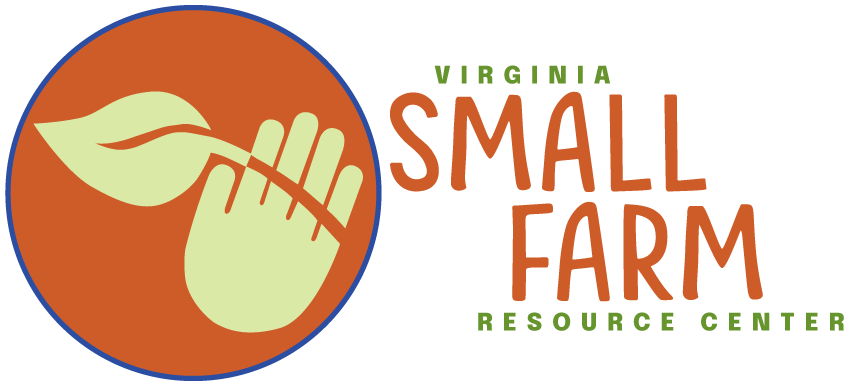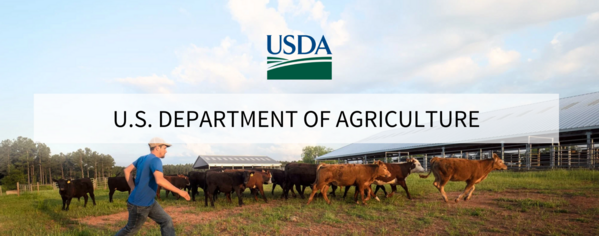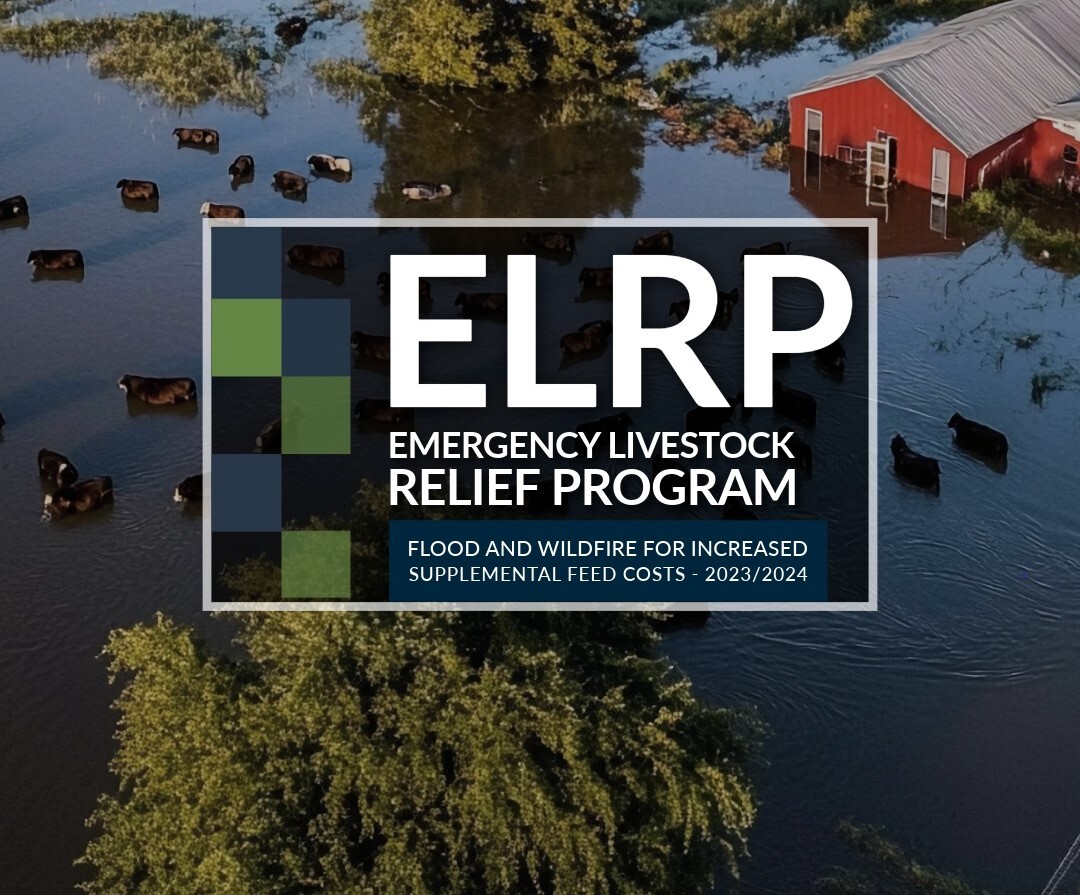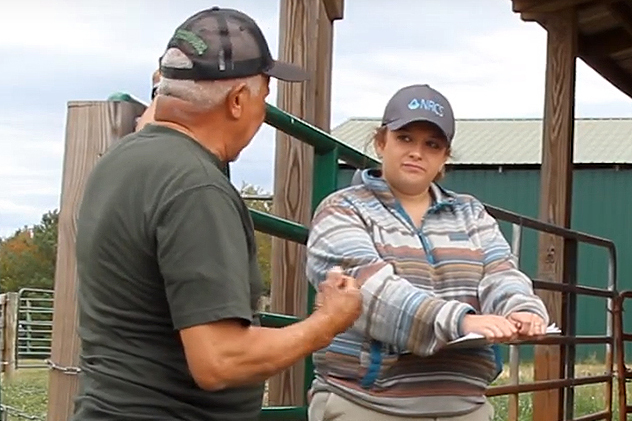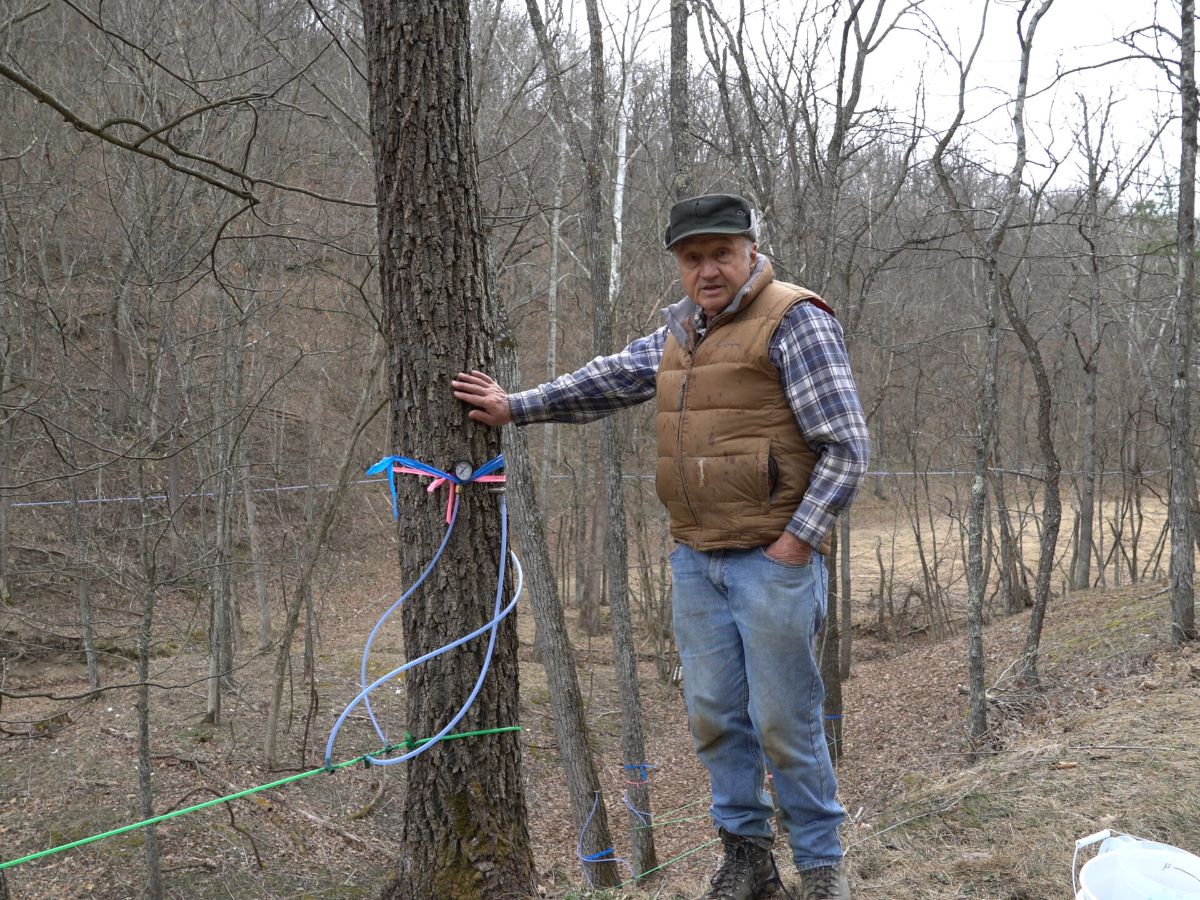USDA Previews Emergency Relief Assistance for Agricultural Producers Who Incurred Losses Due to 2022 Natural Disaster Events
Additional payments on the way for livestock producers impacted by drought and wildfire in 2021
Agriculture Secretary Tom Vilsack today announced plans to roll out $3.7 billion inEmergency Relief Program (ERP) and Emergency Livestock Relief Program (ELRP) assistance to crop and livestock producers who sustained losses due to a qualifying natural disaster event in calendar year 2022. USDA is sharing early information to allow producers time to gather documents in advance of program delivery. Through distribution of remaining funds, USDA is also concluding the 2021 ELRP program by sending payments in the amount of 20% of the initial ELRP payment to all existing recipients.
Background
On December 29, 2022, President Biden signed into law the Disaster Relief Supplemental Appropriations Act, 2023 (P.L. 117-328) that provides about $3.7 billion in financial assistance for agricultural producers impacted by wildfires, droughts, hurricanes, winter storms and other eligible disasters occurring in calendar year 2022.
Additionally, the Act specifically targets up to about $500 million to livestock producers for losses incurred due to drought or wildfire in calendar year 2022.
ERP 2022 for Crop Producers
USDA, through the Farm Service Agency (FSA), intends to deploy the lessons learned from the development and implementation of ERP and ELRP for previous years’ losses to ensure expedited assistance for 2022 losses.
Based on positive feedback from producers, stakeholder groups and FSA county office staff, USDA intends to provide an ERP track for producers who had coverage through Risk Management Agency’s federal crop insurance or FSA’s Noninsured Crop Disaster Assistance Program (NAP). Through a streamlined application process, USDA intends to be in a position to send pre-filled applications directly to eligible producers in early summer.
For producers who have not been able to avail themselves of risk management coverage or whose losses were not covered, USDA intends to offer a program track to access ERP assistance with assistance provided to producers who suffered a decrease in allowable gross revenue in 2022 due to necessary expenses related to losses of eligible crops from a qualifying natural disaster event.
Instead of implementing these program tracks as two separate phases on different timelines, FSA intends to make both tracks available to producers at the same time, noting that the first track will follow a streamlined process with less paperwork burden, based on existing, available risk management data. The second ERP track would require that producers provide FSA with certain information related to revenue.
ELRP 2022 for Livestock Producers and Close Out of ELRP for 2021
For impacted ranchers, USDA intends to leverage FSA’s Livestock Forage Disaster Program (LFP) data to deliver ELRP assistance for increases in supplemental feed costs in 2022.
To be eligible for an ELRP payment for 2022 losses, livestock producers will need to have suffered grazing losses from wildfire or in a county rated by the U.S. Drought Monitor as having a D2 (severe drought) for eight consecutive weeks or a D3 (extreme drought) or higher level of drought intensity during the 2022 calendar year and have applied and been approved for 2022 LFP. Additionally, otherwise eligible producers whose permitted grazing on federally managed lands was disallowed due to wildfire will also be eligible for ELRP payments if they applied and were approved for 2022 LFP.
In a continued effort to streamline and simplify the delivery of ELRP benefits, eligible producers will not be required to apply for payment.
Meanwhile, FSA also intends to provide additional assistance to ranchers for qualifying livestock losses from drought and wildfire in 2021. More information will be announced in the coming months.
How Producers Can Prepare
To participate in ERP and ELRP for 2022 losses, both crop and livestock producers should have or be prepared to have the following forms on file with FSA:
- Form AD-2047, Customer Data Worksheet (as applicable to the program participant);
- Form CCC-902, Farm Operating Plan for an individual or legal entity;
- Form CCC-901, Member Information for Legal Entities (if applicable); and
- Form AD-1026 Highly Erodible Land Conservation (HELC) and Wetland Conservation (WC) Certification.
Most producers, especially those who have previously participated in FSA programs, will likely have these required forms on file. However, those who are uncertain or want to confirm should contact FSA at their local USDA Service Center.
In addition to the forms listed above, underserved producers are encouraged to register their status with FSA, using Form CCC-860, Socially Disadvantaged, Limited Resource, Beginning and Veteran Farmer or Rancher Certification, as certain existing permanent and ad-hoc disaster programs provide increased benefits or reduced fees and premiums.
Producers with eligible crop losses who did not have federal crop insurance or NAP risk management coverage for 2022 and intend to apply for ERP assistance will need to pull together revenue information that is readily available from most tax records. FSA encourages producers to have their tax documents from the past few years and supporting materials ready including Schedule F (Form 1040) and Profit or Loss from Farming or similar tax documents. FSA will not require these forms to be submitted with the ERP application, but will require a certification, similar to Adjusted Gross Income certification that has been used for many years for Farm Bill programs. Applicants simply report and certify to the information required for the program.
Crop producers who have federal crop insurance coverage should ensure that information on file with their insurance agent is accurate and that any pending activities needed to file loss claims for 2022 losses are addressed as soon as possible. Producers who received ERP assistance last year or who will receive assistance for 2022 losses are required to purchase crop insurance or NAP for the next two crop years.
More Information
In the coming months, USDA intends to provide additional information on how to apply for assistance through ERP and ELRP for 2022 losses. Through proactive communications and outreach, USDA will keep producers and stakeholders informed as program eligibility, application and implementation details unfold.
|
|
USDA Offers Assistance to Help Organic Dairy Producers Cover Increased Costs with the new Organic Dairy Marketing Assistance Program (ODMAP)
ODMAP signup begins May 24th and runs through July 24, 2023
The U.S. Department of Agriculture (USDA), announces assistance for dairy producers with the new Organic Dairy Marketing Assistance Program (ODMAP). ODMAP is established to help mitigate market volatility, higher input and transportation costs, and unstable feed supply and prices that have created unique hardships in the organic dairy industry. Specifically, under the ODMAP, USDA’s Farm Service Agency (FSA) is making $104 million available to organic dairy operations to assist with projected marketing costs in 2023, calculated using their marketing costs in 2022.
FSA will begin accepting applications for ODMAP on May 24, 2023. Eligible producers include certified organic dairy operations that produce milk from cows, goats and sheep.
How ODMAP Works
FSA is providing financial assistance for a producer’s projected marketing costs in 2023 based on their 2022 costs. ODMAP provides a one-time cost-share payment based on marketing costs on pounds of organic milk marketed in the 2022 calendar year.
ODMAP provides financial assistance that will immediately support certified organic dairy operations during 2023 keeping organic dairy operations sustainable until markets return to more normal conditions.
How to Apply
FSA is accepting applications from May 24 to July 24, 2023. To apply, producers should contact FSA at their local USDA Service Center. To complete the ODMAP application, producers must certify to pounds of 2022 milk production, how documentation of their organic certification, and submit a completed application form.
Organic dairy operations are required to provide their USDA certification of organic status confirming operation as an organic dairy in 2023 and 2022 along with the certification of 2022 milk production in hundredweight.
ODMAP complements other assistance available to dairy producers, including Dairy Margin Coverage (DMC) and Supplemental DMC, with more than $300 million in benefits paid for the 2023 program year to date. Learn more on the FSA Dairy Programs webpage.
More Information
To learn more about USDA programs, producers can contact their local USDA Service Center. Producers can also prepare maps for acreage reporting as well as manage farm loans and other programs by logging into their farmers.gov account. If you don’t have an account, sign up today.
USDA touches the lives of all Americans each day in so many positive ways. In the Biden-Harris administration, USDA is transforming America’s food system with a greater focus on more resilient local and regional food production, fairer markets for all producers, ensuring access to safe, healthy and nutritious food in all communities, building new markets and streams of income for farmers and producers using climate smart food and forestry practices, making historic investments in infrastructure and clean energy capabilities in rural America, and committing to equity across the Department by removing systemic barriers and building a workforce more representative of America. To learn more, visitusda.gov.
